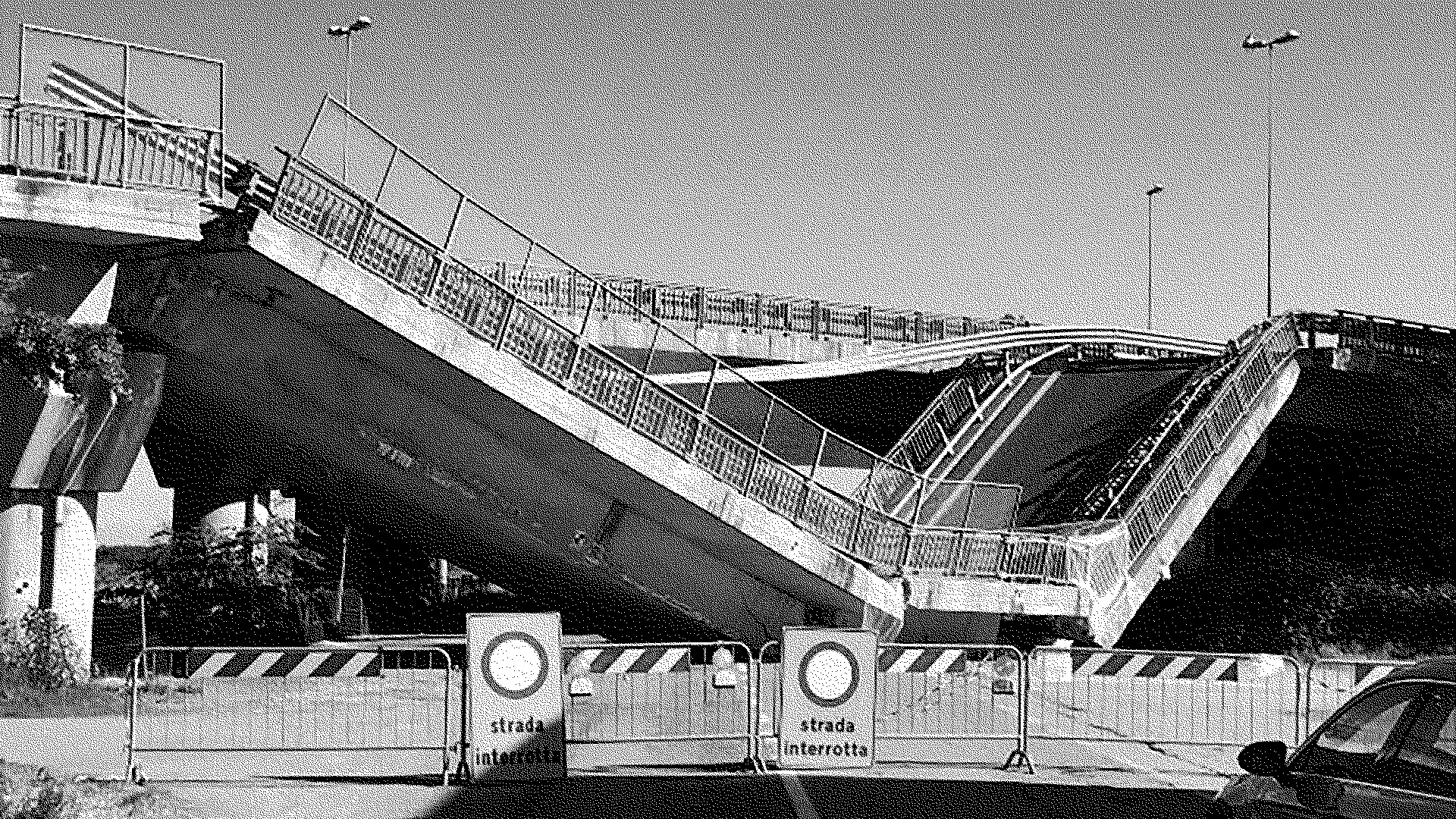SAFOTEB - A reviewed SAfety FOrmat for structural reliability assessment of post-TEnsioned concrete Bridges
Structural reliability, Probabilistic analysis, Measure uncertainties, Bridge engineering, Post-tensioned structures

The Italian transport infrastructures are characterized by road networks that show important critical issues, that where unfortunately enlightened by some recent catastrophes. These issues are generally connected to the natural degradation of the material and components with the time, added to lack of structured maintenance planes and to the fact that many bridges constituting the transport system date back to the post-World War II and often their standards are far away from those required by current design codes.
Focusing on the structural risk, milti-level approach is easily applicable to most of the construction techniques where the conservation status and the possible damages are easily detectable by visual inspections, but otherwise gets more complicated. In the wide variety of material, structural typologies and construction techniques, many bridges are characterized by Post-Tensioned (PT) concrete decks. This technique has been largely adopted in the last century, carrying many advantages such as quick construction process, moderate cost and reduction of scaffolding and shuttering works. On the other hand, it also has some critical issues as the degradation process of post-tensioned cables, hidden by the injection duct, is mainly related to execution errors in the injection itself with grout (a grout-free section of tendons is greatly exposed to the risk of corrosion), or in their waterproof sealing, or in bridge drainage.
The proposal aims at developing a comprehensive process to assess the actual reliability of existing post-tensioned concrete bridges, by the analysis of all the key aspects for the evaluation of the reliability (material properties, traffic load, testing and survey process) and their related uncertainties. Probabilistic models of them will be developed to proper calibrate the common safety format of partial factor methods to achieve specific reliability with a proper confidence level. Finally, a method for the evaluation of the residual life is proposed and advantages coming from monitoring are analyzed.
Periodo
Concluso 2021 — 2022
Durata
24 mesi
Responsabile scientifico
Andrea Dall'Asta
Tipologia di bando competitivo
Bando Fabre
Gruppo di ricerca
Laura Gioiella, Fabio Micozzi, Alberto Poeta
Partner
- Università di Pisa
- Politecnico di Milano
- Università di Perugia
- Università della Basilicata
- ITS Engineering
Budget complessivo
€ 250.000
Finanziamento ad Unicam
€ 49.000
Altri progetti o proposte correlate a questa ricerca
- TIMING (Prin 2022b, in valutazione)

